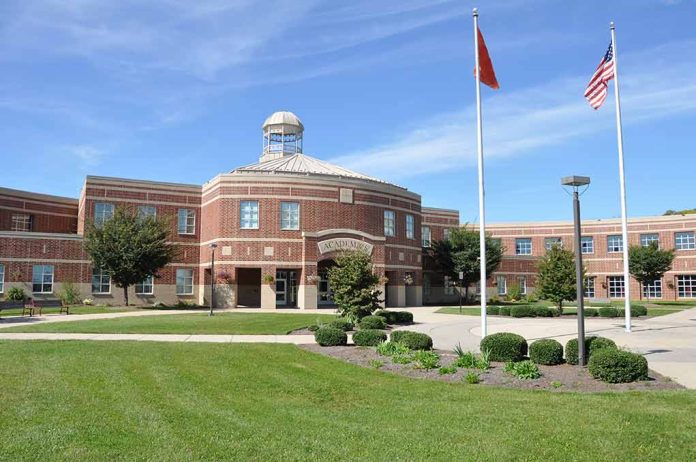
The Trump administration unveils a state-led school choice initiative, sparking an intense debate about its potential impacts on American education.
Key Takeaways
- Linda McMahon promotes school choice, emphasizing state autonomy.
- The plan supports educational freedom and stronger school standards.
- Potential concerns arise over public school funding and equity.
- Florida and Iowa are cited as successful models of school choice.
McMahon’s Educational Vision
Linda McMahon, U.S. Secretary of Education, has been actively promoting a school choice agenda that emphasizes state-led educational decision-making. During her visit to the Vertex Partnership Academies in the Bronx, McMahon showcased the importance of community-driven educational approaches in charter schools. Her strategy encourages states to adopt successful models without federal imposition, inviting them to explore successful frameworks like those utilized in Iowa.
McMahon’s advocacy for school choice aligns with the Trump administration’s broader goal of returning control to states and focusing funding directly on students. In Florida, McMahon visited several schools to see firsthand the effects of school choice programs. These institutions demonstrated how state and community collaboration can fulfill student needs effectively, leading to innovative, rigorous, and engaging educational experiences.
Debate Over Implications
While proponents of the strategy argue that educational freedom and competition will improve standards, critics voice concerns about the potential for public school funding reductions and equity issues. Critics fear that disadvantaged communities could suffer as resources shift towards charter schools and private institutions, leaving public schools underfunded. McMahon contends that school choice does not undermine public education, pointing out improvements seen in places like Iowa under Governor Kim Reynolds.
“We wouldn’t be penalizing because that is a state function,” McMahon said.
Critics remain skeptical, worried that an emphasis on school choice might deepen inequalities among different student demographics. Nevertheless, McMahon assures that the administration will not penalize states that do not adopt school choice, recognizing it as a state decision. The approach allows states to experiment with school choice without fear of losing federal support.
Future Prospects
The Trump administration’s primary education goal is to eliminate federal overreach and promote competition among schools to foster innovation. By reducing bureaucracy, the Department of Education aims to create an environment where schools and teachers can freely innovate and improve educational outcomes. McMahon’s educational strategy holds that parents should have a more significant role in educational decision-making, aligning with President Trump’s promise of empowering states and supporting students over educational bureaucracy.
“The reality of our education system is stark, and the American people have elected President Trump to make significant changes in Washington,” Secretary McMahon said.
Moving forward, the focus remains on exploring the balance between educational freedom and ensuring equitable access to quality education for all students. The administration’s educational strategy seeks to empower states in crafting customized solutions reflective of their community needs while maintaining a shared commitment to educational excellence across the nation.
Sources:
- https://timesofindia.indiatimes.com/education/news/us-education-secretary-linda-mcmahon-highlights-importance-of-school-choice-during-bronx-visit/articleshow/119161196.cms
- https://www.ed.gov/about/news/press-release/us-secretary-of-education-linda-mcmahon-visits-three-florida-schools
- https://www.ed.gov/about/news/speech/secretary-mcmahon-our-departments-final-mission
- https://www.foxnews.com/media/linda-mcmahon-says-trump-administration-wont-punish-states-refuse-adopt-school-choice










